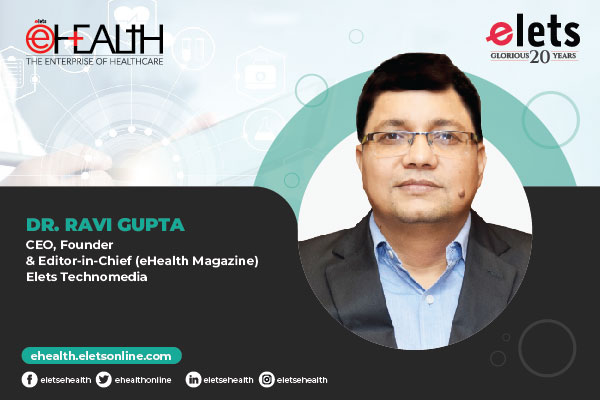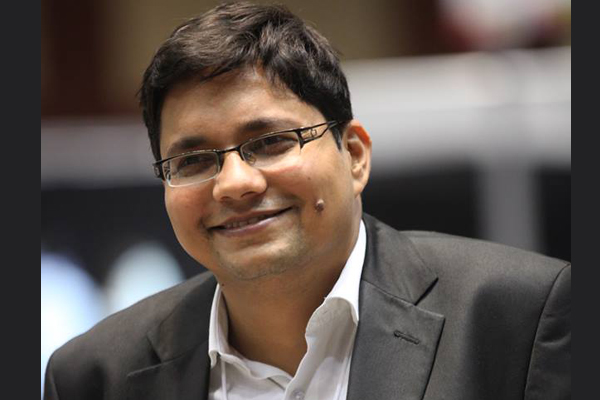Pilot projects such as, ‘Gramjyoti’ (Light of the Village) in India, and ‘Alokito Bangladesh’ (Enlightened Bangladesh) led by Ericsson, have remained pilots for long. For the uninitiated, these projects aimed to showcase the benefits of mobile broadband for the underserved regions using wireless 3G/HSPA (3rd generation/High Speed Packet Access) technology. The technology enables people to communicate wirelessly with high-speed data transfer and enjoy services like Video Call, Mobile TV, and High Speed Mobile Broadband.
Ericsson acquired permission from the Bangladesh and India to deploy demo 3G/HSPA network in Dhaka and across 18 villages and 15 towns in Tamil Nadu respectively in 2007. This technology has proven a new ray of light for people in these regions.

Among other facilities, such as distance learning and faster communication this technology provides the people of this region with medical assistance where there was none before. The project uses 3G/HSPA technology, which allows officials in an ambulance visiting a neighbourhood to collect medical details, such as ECG and other data along with medical history of those who come for a check-up, and send it wirelessly to a medical specialist in a distant hospital. After checking the details and seeing the patient live through video conferencing, the doctor sitting in a distant location prescribes the patient as needed. This eHealth application is conducted with assistance from Apollo Hospital, India and Bangladesh.
In India recently, the much-awaited announcement of the release of spectrum for 3G technology sent a loud cheer through the ICT community. It has renewed hope for growth of connectivity in India. The 3G policy is expected to make mobile broadband a reality in no time and help in providing last mile solutions in our rural areas, much like it has in the pilot project.
The broadband policy announced by the government in 2004, estimated 9 million broadband subscriptions by the end of 2007. However, statistics reveal that the figure stood at approximately 3.6 million by the end of 2007. With the release in spectrum now, the target seems to be readily achievable. Wireless broadband with its benefits of cost, reliability, and accessibility is expected to rapidly grow as compared to wire line broadband. The WiMax and the 3G policies in this regard will compliment this rapid spread of wireless broadband in the far-flung areas. It is hoped that the target of 20 million broadband subscriptions will be an achievable dream by 2010.

The Government should quickly embrace the opportunity that this technology makes available, to provide value added services in terms of better information dissemination, telemedicine, eHealth and also ‘mHealth’ (healthcare through mobile devices) in areas that are still under-served.
Be a part of Elets Collaborative Initiatives. Join Us for Upcoming Events and explore business opportunities. Like us on Facebook , connect with us on LinkedIn and follow us on Twitter , Instagram.








